Talent Drain.
Numerous factors discourage individuals from diverse backgrounds from pursuing careers, including disparities in pay, biases based on gender and culture, limited work-life balance, and inadequate representation of successful role models. Organizations hinder the full utilization of their talent pool by failing to create an inclusive environment, which is largely a result of their inaction. Addressing these barriers through robust Diversity, Equity, and Inclusion (DEI) efforts is essential to unlock the potential of diverse talents and perspectives.
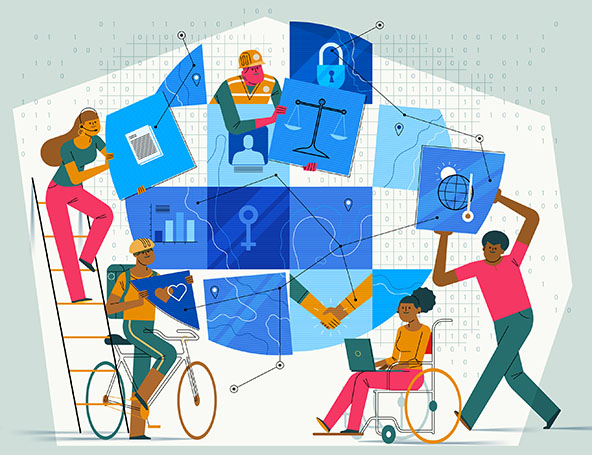 Addressing social responsibility and ethical business practices can help companies build a positive reputation and appeal to consumers who prioritize purpose-driven organizations. These challenges can also lead to market expansion as organizations adapt and respond effectively to the evolving landscape, discovering new markets and niches. Additionally, a longer-living and diverse workforce promotes diversity and inclusion, fostering creativity, better decision-making, and a stronger sense of unity within the organization. In summary, these challenges may be daunting, but they offer numerous opportunities for organizations willing to embrace change, innovate, and align their strategies with the evolving landscape and workforce demographics..
Addressing social responsibility and ethical business practices can help companies build a positive reputation and appeal to consumers who prioritize purpose-driven organizations. These challenges can also lead to market expansion as organizations adapt and respond effectively to the evolving landscape, discovering new markets and niches. Additionally, a longer-living and diverse workforce promotes diversity and inclusion, fostering creativity, better decision-making, and a stronger sense of unity within the organization. In summary, these challenges may be daunting, but they offer numerous opportunities for organizations willing to embrace change, innovate, and align their strategies with the evolving landscape and workforce demographics..
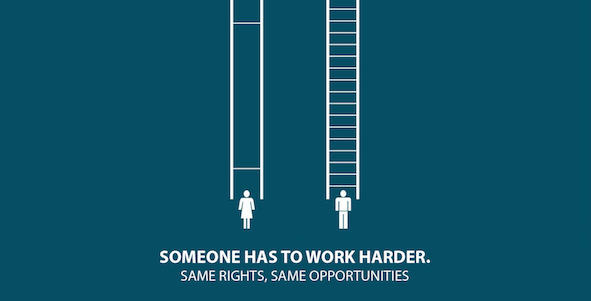 Where does this disparity come from? Is it because of the dual role
played by women as employees and careers for the family or a lack of ambition? Research tells us these factors are not the cause. Women are just as ambitious as men at the start of their careers, but as they progress they face bias. This bias is rarely intentional. But it results in organisational cultures, which frustrate and exclude women.
Where does this disparity come from? Is it because of the dual role
played by women as employees and careers for the family or a lack of ambition? Research tells us these factors are not the cause. Women are just as ambitious as men at the start of their careers, but as they progress they face bias. This bias is rarely intentional. But it results in organisational cultures, which frustrate and exclude women.
 By challenging age-related stereotypes and biases, we can tap into the experience and knowledge that older individuals bring to various spheres. This approach encourages multigenerational collaboration, enriching teams with diverse perspectives and nurturing innovation. Breaking down age-related stereotypes results in fairer judgments and recognition of individuals' capabilities, irrespective of their age. This positive perspective of aging contributes to healthy living and well-being for older individuals, as they continue contributing actively to the economy and society. Social cohesion is bolstered through intergenerational interactions, fostering understanding and shared experiences. Businesses can benefit from inclusive marketing strategies that resonate with a wider audience, while people of all ages experience an improved quality of life through mentorship and engagement. In sum, addressing ageism shapes more inclusive and respectful societies, harnessing the potential of each age group for the collective betterment of society.
By challenging age-related stereotypes and biases, we can tap into the experience and knowledge that older individuals bring to various spheres. This approach encourages multigenerational collaboration, enriching teams with diverse perspectives and nurturing innovation. Breaking down age-related stereotypes results in fairer judgments and recognition of individuals' capabilities, irrespective of their age. This positive perspective of aging contributes to healthy living and well-being for older individuals, as they continue contributing actively to the economy and society. Social cohesion is bolstered through intergenerational interactions, fostering understanding and shared experiences. Businesses can benefit from inclusive marketing strategies that resonate with a wider audience, while people of all ages experience an improved quality of life through mentorship and engagement. In sum, addressing ageism shapes more inclusive and respectful societies, harnessing the potential of each age group for the collective betterment of society.
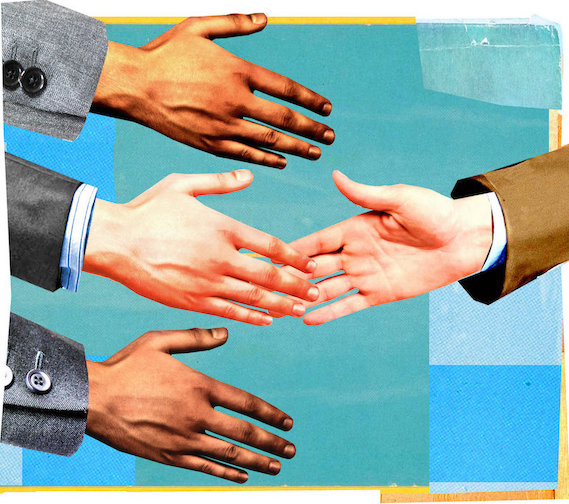 Efforts to combat race and ethnicity discrimination involve raising awareness, promoting diversity and inclusion, enforcing anti-discrimination laws, and fostering environments that celebrate the contributions and worth of individuals from all racial and ethnic backgrounds.
Efforts to combat race and ethnicity discrimination involve raising awareness, promoting diversity and inclusion, enforcing anti-discrimination laws, and fostering environments that celebrate the contributions and worth of individuals from all racial and ethnic backgrounds.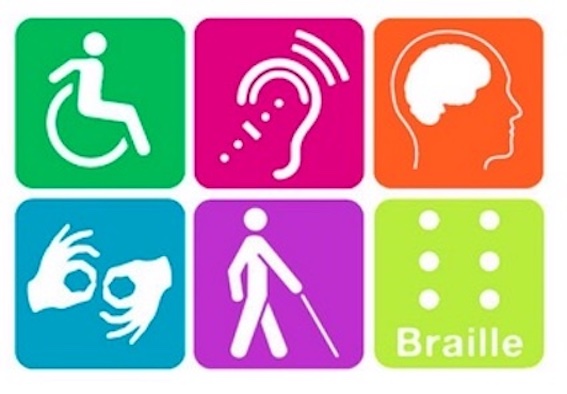 Addressing ableism yields economic and societal benefits through a more diverse and innovative workforce, increased employment participation, accessible design innovations, expanded market growth, reduced healthcare costs, enriched talent pools, entrepreneurship opportunities, enhanced social inclusion and well-being, cultural enrichment, global competitiveness, legal compliance, and empowered advocacy. By dismantling biases and fostering inclusivity, societies foster economic growth, creativity, and improved quality of life for individuals of all abilities.
Addressing ableism yields economic and societal benefits through a more diverse and innovative workforce, increased employment participation, accessible design innovations, expanded market growth, reduced healthcare costs, enriched talent pools, entrepreneurship opportunities, enhanced social inclusion and well-being, cultural enrichment, global competitiveness, legal compliance, and empowered advocacy. By dismantling biases and fostering inclusivity, societies foster economic growth, creativity, and improved quality of life for individuals of all abilities.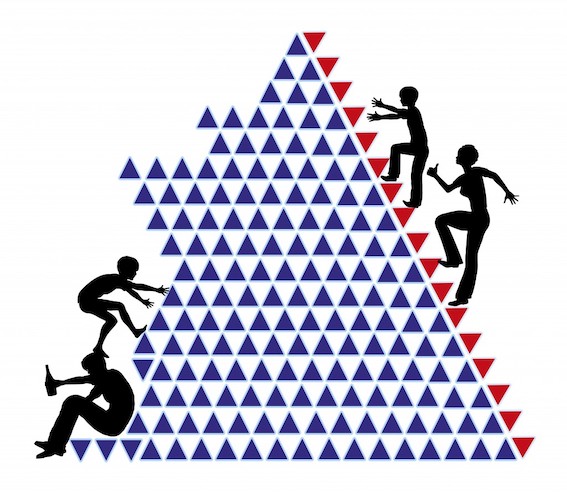 Addressing socioeconomic discrimination generates economic benefits by fostering a skilled and productive workforce, reducing income inequality, boosting consumer spending and innovation, lowering unemployment and welfare costs, increasing tax revenue, improving health outcomes, accessing new markets, enhancing social cohesion, and building economic resilience. By providing equal opportunities and dismantling barriers, societies can achieve sustainable economic growth, shared prosperity, and a more inclusive and dynamic economy.
Addressing socioeconomic discrimination generates economic benefits by fostering a skilled and productive workforce, reducing income inequality, boosting consumer spending and innovation, lowering unemployment and welfare costs, increasing tax revenue, improving health outcomes, accessing new markets, enhancing social cohesion, and building economic resilience. By providing equal opportunities and dismantling barriers, societies can achieve sustainable economic growth, shared prosperity, and a more inclusive and dynamic economy.
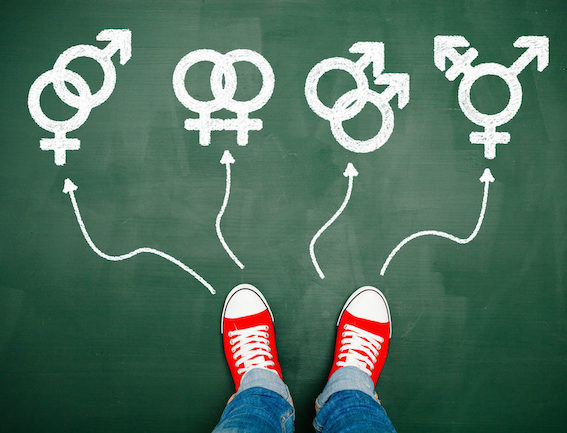 Addressing sexual orientation-based discrimination leads to a range of opportunities, including the promotion of equality and human rights, improved mental and emotional well-being, diverse and inclusive workplaces, increased productivity and engagement, equitable access to healthcare and services, positive impact on mental health services, safer educational environments, strengthened relationships and families, enriched cultural expression, reduced bullying and harassment, heightened tolerance and understanding, and advancement of human rights advocacy. These opportunities contribute to a more inclusive, empathetic, and equitable society where individuals of all sexual orientations can thrive and contribute positively to their communities.
Addressing sexual orientation-based discrimination leads to a range of opportunities, including the promotion of equality and human rights, improved mental and emotional well-being, diverse and inclusive workplaces, increased productivity and engagement, equitable access to healthcare and services, positive impact on mental health services, safer educational environments, strengthened relationships and families, enriched cultural expression, reduced bullying and harassment, heightened tolerance and understanding, and advancement of human rights advocacy. These opportunities contribute to a more inclusive, empathetic, and equitable society where individuals of all sexual orientations can thrive and contribute positively to their communities.